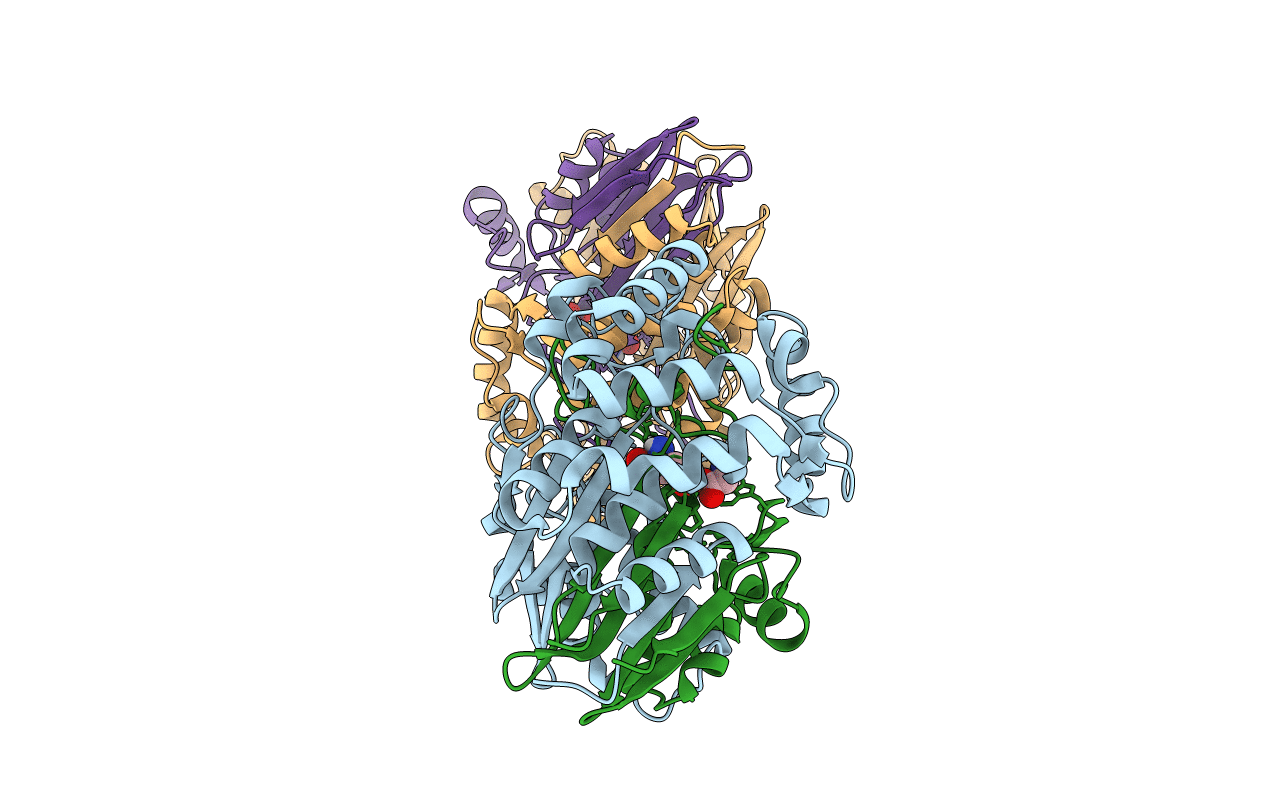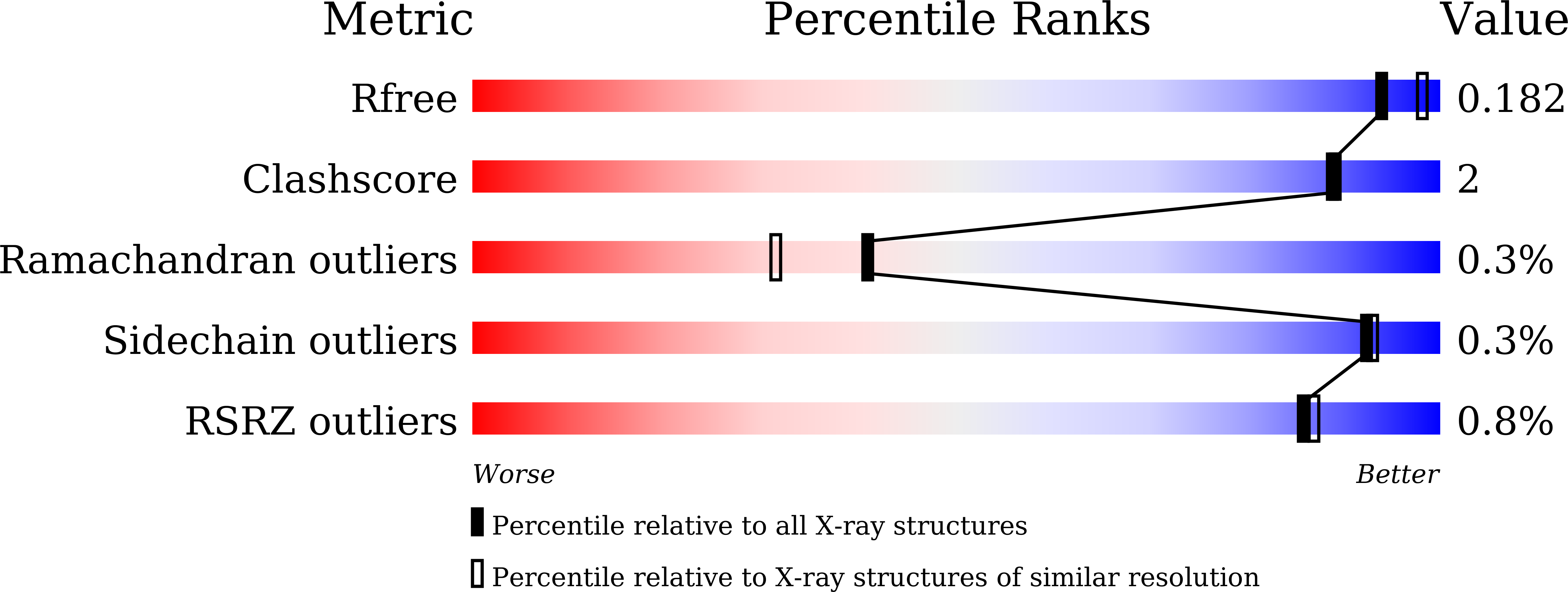
Deposition Date
2020-10-14
Release Date
2021-06-23
Last Version Date
2025-09-17
Entry Detail
PDB ID:
7D9W
Keywords:
Title:
Gamma-glutamyltranspeptidase from Pseudomonas nitroreducens complexed with L-DON
Biological Source:
Source Organism:
Pseudomonas nitroreducens (Taxon ID: 46680)
Host Organism:
Method Details:
Experimental Method:
Resolution:
1.90 Å
R-Value Free:
0.18
R-Value Work:
0.15
R-Value Observed:
0.15
Space Group:
P 1


